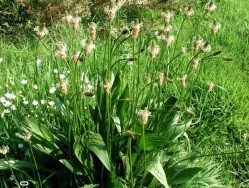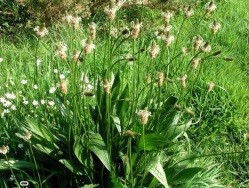Area
Widespread around the European part of Russia, the Caucasus, Siberia and the Far East, Central Asia (Tashkent, Samarkand, Andijan, Bukhara, Surkhandarya, Khorezm region and Karakalpakstan).
Botanical description of the plant
The long-leaved zupturum belongs to the family of zupturum. The leaves are lanceolate. The leaves can grow up to 30 cm in height and 4 cm wide. Perennial herb up to 10-60 cm tall with long leaves. Flowering and fruiting in May-September.

Medicinal properties
Long-leaved zupturum is used in medicine as a expectorant and blood-restoring agent. The juice from the leaves is used for bronchitis and dry cough, as well as as a painkiller and sedative for insect bites. Vitamin K contains substances such as carotene.
Growing technology
Long-leaved zupturum can be grown as an annual and biennial plant under cultural conditions (sowing is carried out in August-September). Row spacing is 25-45cm. Soil temperature during sowing should not be less than + 10 + 16 0S. Seed depth is 1.5–2 cm. Fertilizer application depends on conditions and yields. Most nitrogen fertilizers are applied during sowing. Phosphorus and potassium are applied before planting as a basic fertilizer.





